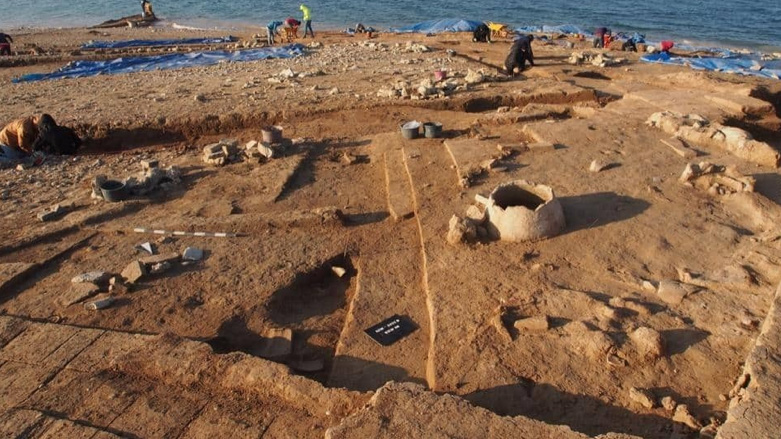Largest city in the Mitanni Empire discovered in Duhok
Zakhiko could be Kurdistan’s landmark attraction in archaeology, tourism, history, and world heritage.

ERBIL (Kurdistan 24) – Local and international archeologists are shocked by the recent discovery of the largest city in the Mitanni Empire, Zakhiko. It is located close to the Tigris river, dating back at least three thousand four hundred years.
Zakhiko was discovered after the water flow in the Tigris River decreased dramatically due to drought and Turkish and Iranian dams. The imperial city is located in the Kamoona village in the Duhok province.
“Zakhiko seems to have been a large center in the Mitanni Empire,” Bekas Brifkani, the Director of Archaeology and Heritage in Duhok, said. “The city offers many archaeological sites, 200 hieroglyphic texts, and artifacts.”
There are more than two thousand archaeological sites in the province of Duhok.
Archaeologists consider the discovery a center point for the province’s heritage – as well as for the wider Kurdistan Region. The discovery has drawn the attention of many international archaeologists and universities.
“Zakhiko’s walls are high, and have not collapsed after all those years,” said Hassan Ahmed, Head of Kurdistan Archaeology Organization. “These new sites would tell us why the walls have not collapsed after the Mitanni Empire fell.”
Zakhiko could be Kurdistan’s landmark attraction in archaeology, tourism, history, and world heritage.
“This discovery is highly significant because it will draw tourists, archaeological teams, and local and international historians like a magnet,” local historian Saman Khalid said. “Since its walls and buildings are intact, this will soon be on the World Heritage List.”
Before the Mosul Dam was erected in 1985, there were many potential archaeological sites to be excavated, but when the dam was opened, many of the areas were submerged. Now that the Tigris’ water level has decreased, many different sites may reappear.
Brifkani noted that many local and international archaeologists and academics are currently working on Zakhiko and that they will assuredly offer great insights and new information on this great empire.
“This is a rare discovery, making us all feel thrilled and delighted,” said Mazin Kareem, a local archaeologist in Erbil, said. “The Mitanni Empire is old, and now its largest city can provide us with a lot of new information about its life and culture.”
